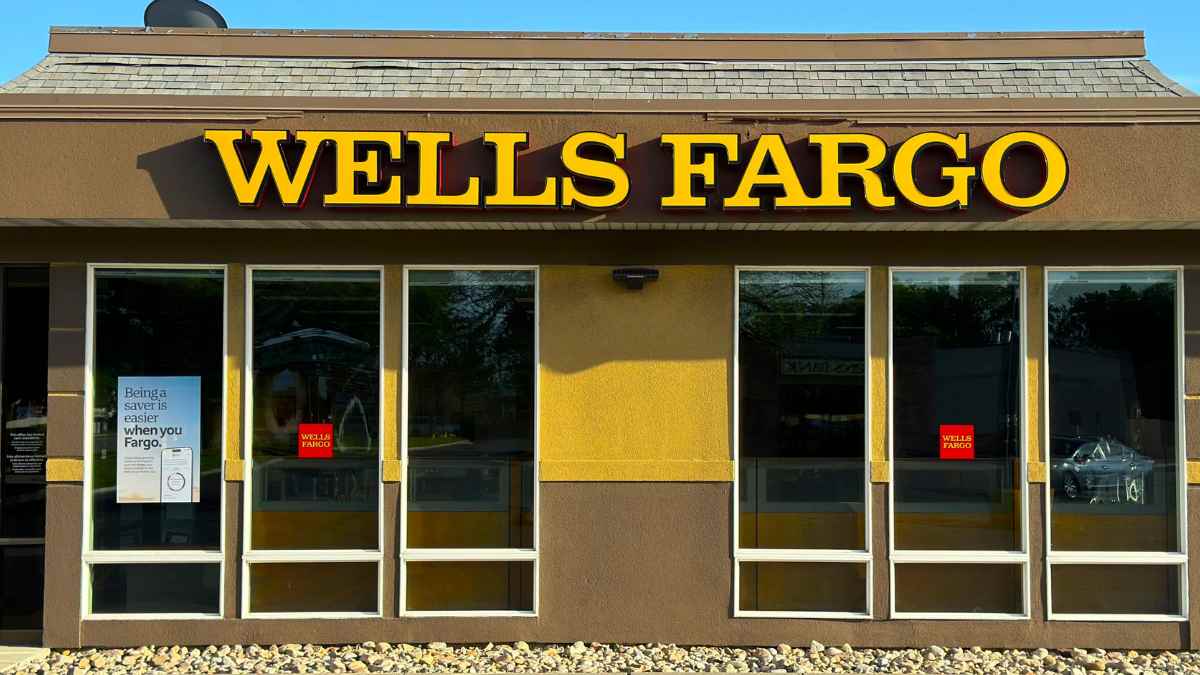If You’re ignoring your bank account, you might be in for a surprise.
Wells Fargo, one of the largest banks in the United States, has sent shockwaves through its customers by confirming the closure of accounts left inactive for more than 16 consecutive months. This announcement could affect thousands of account holders who rarely move their money, leaving them at risk of losing funds if they don’t take immediate action.
Not everyone needs to panic, but if you have a Wells Fargo account set aside for an emergency fund or occasional use, it’s time to check its status. Accounts with zero transactions, no deposits, and no purchases for over 16 months fall into the “inactive” category. Once closure happens, any remaining funds might be transferred to the state under escheatment laws – reclaiming that money later can be a real headache.
Requirements for Wells Fargo customers to avoid closure and maintain account activity
Wells Fargo has started sending out notifications to users whose accounts are at risk. If you receive one of these warnings, the next step is simple: perform at least one financial activity to show the account is alive. A small deposit, a quick purchase, or a transfer between accounts can reset the inactivity clock, granting you another 16 months of breathing room.
What’s in It for Wells Fargo? Bank officials say reducing inactive accounts cuts operational costs. Federal and state regulations often require banks to reach out and locate owners of dormant accounts, a process that consumes both time and resources. By cleaning house, Wells Fargo streamlines operations and reallocates attention to active customers.
How the mass closure of Wells Fargo accounts is affecting rural communities in the United States
Some observers worry this move could disproportionately affect rural and low-income customers who rarely use their bank accounts. For instance, seniors living on fixed incomes might have small emergency funds they hardly touch, or seasonal workers might stash away earnings for off-peak months. In regions where banking options are limited, losing a Wells Fargo account may create additional challenges – especially if alternative financial services are difficult to access.
Here is the list of essential steps to safeguard your money. Before making any quick decisions, keep these pointers in mind:
- Check Your Account Balance: Make sure you know how much is in each of your Wells Fargo accounts.
- Perform a Simple Transaction: Even a minimal deposit or withdrawal keeps the account active.
- Stay Alert for Notifications: Wells Fargo usually sends warnings, so don’t ignore mail or email updates.
- Consider Consolidating Accounts: Having fewer, but regularly used accounts can help you stay organized.
Remember, once the account is classified as inactive and closure begins, any funds left behind could be transferred to the state. Below is a brief table to help you stay on top of the process:
| Action | Date Range | Outcome |
|---|---|---|
| Inactivity Warning Sent | Early April | Official notice to account owner |
| Final Closure Initiation | Late April | Account deemed inactive, closed |
| Possible Escheatment of Funds | Varies by State | Money sent to state government |
Stay proactive and follow Wells Fargo’s guidelines to keep your accounts open and your money safe.

